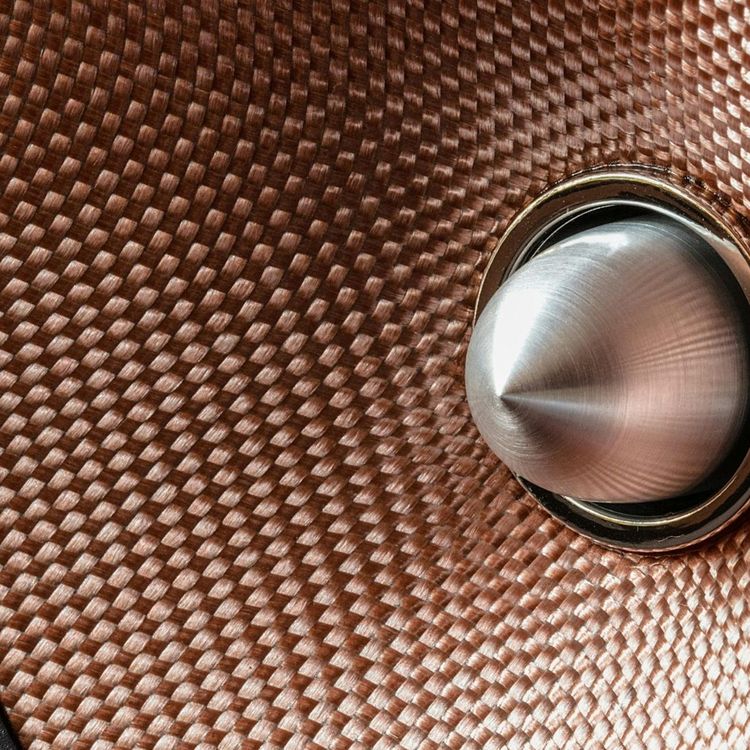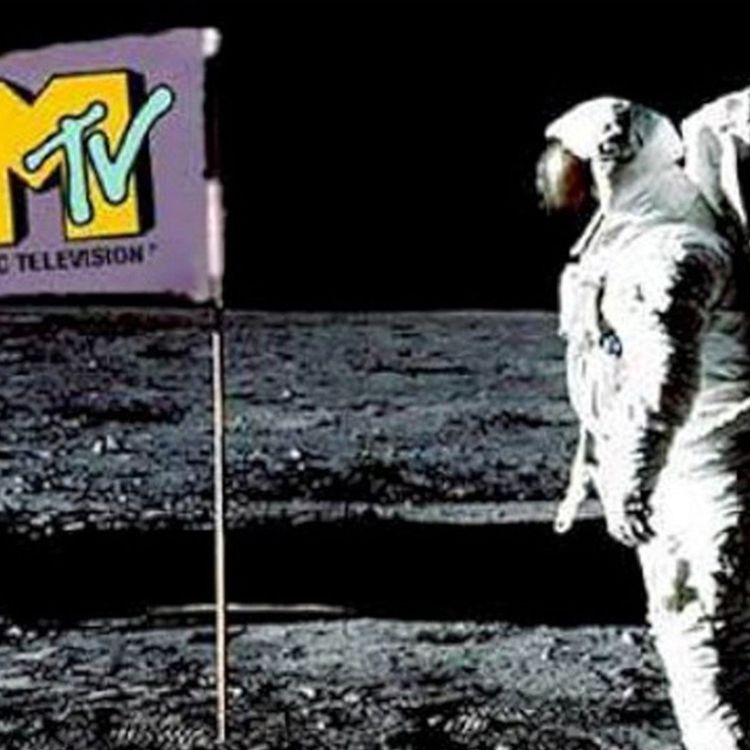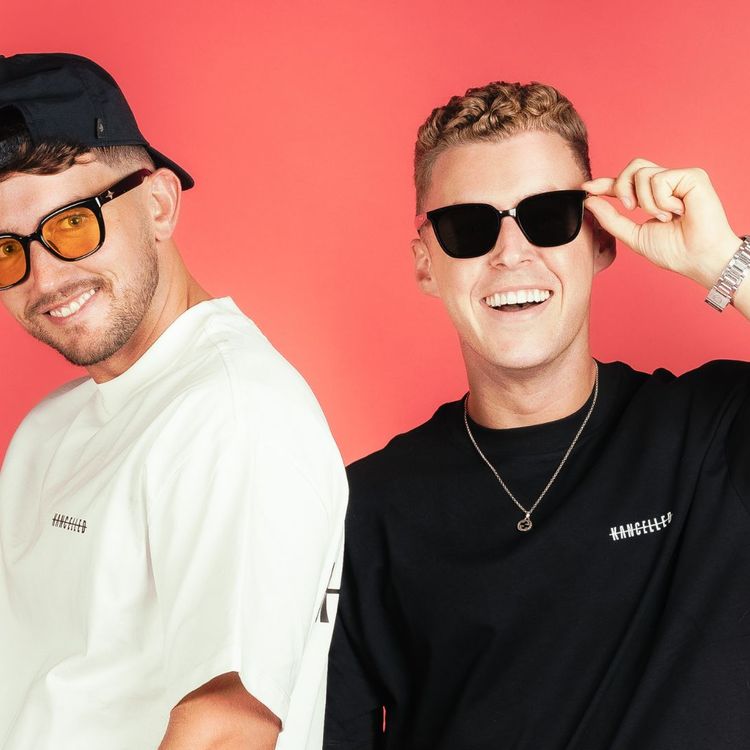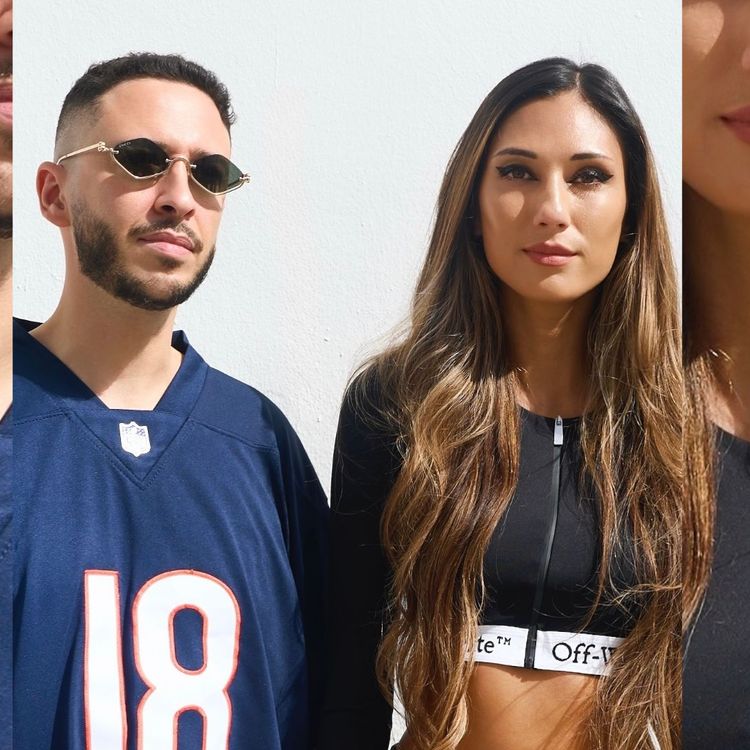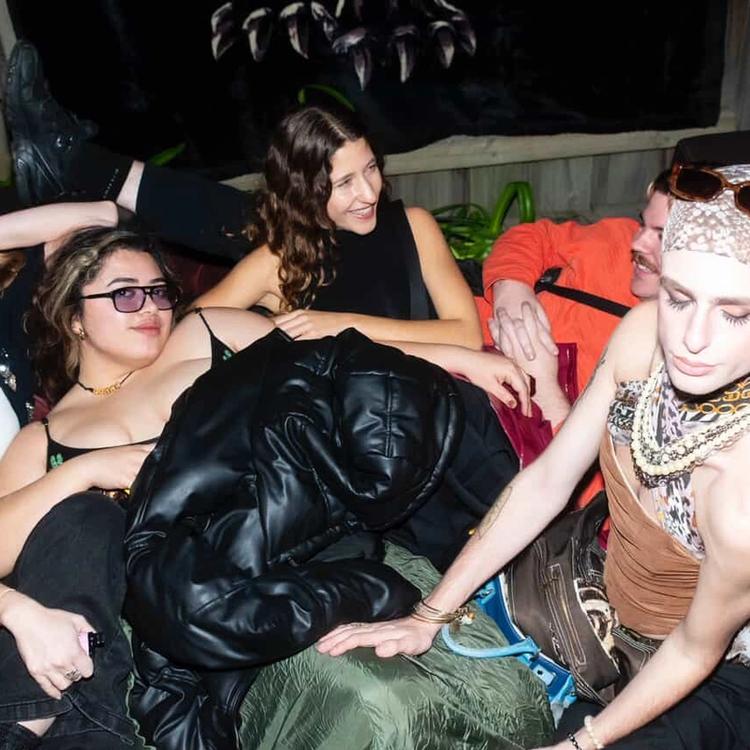Sound, Style, and Substance: A Chat with James Juke
James Juke, a San Francisco native turned Brooklyn resident, has quickly established himself as a formidable force in the house music industry. Known for his talent to blend the soulful, deep sounds of New York house with the funky, jackin’ grooves of Chicago, Juke’s music strikes a balance between reverence for house music’s roots and a modern, leading-edge approach. His talent hasn’t gone unnoticed, earning early support from heavyweights like Disclosure, A-Trak, and Demuir.

With performances at celebrated venues like Elsewhere, Berlin’s Golden Gate, and Art Basel’s Factory Town, James has built a reputation for curating flawless sets tailored to diverse audiences. Whether it’s spinning rare disco grooves, jazzy deep house, or high-energy techno, his versatility and depth as a DJ stand out. Beyond the decks, he’s also made big moves with collaborations, including producing nearly 10 tracks with LION BABE and remixing for Channel Tres—projects that have helped him refine his underground sound for broader appeal.
In this interview, James opens up about his journey from San Francisco to Brooklyn, the inspirations that drive his artistry, and the evolving nature of his music. From the magic of Theo Parrish’s marathon sets at Nowadays to his dream of working with Chaka Khan, Juke offers a glimpse into the mind of an artist who is as reflective as he is driven.
Let's dive right into our chat!

You’ve mentioned a turning point for you was a night on the dancefloor in Buenos Aires. What do you think makes a perfect night on the dancefloor?
Sound, lights, and energy of the crowd is the trifecta for me. Specifically, I’ve found that lower lit/darker rooms paired with a heavy sound system encourage people to get lost in the music and actually dance. I think that in New York Nowadays and Bossa Nova achieve this really well. It feels trite to say that a dancefloor without phones is superior—and that’s true—but I don’t often hear people question how the dynamics and specific features of a club contribute to that.
Moving from San Francisco to Brooklyn is a big change. What has each city taught you about music and your approach to DJing?
Although San Francisco is a relatively small scene, I was able to find well-curated nights and parties at various venues: Public Works, Monarch, The Great Northern, F8, Audio. There was almost always someone in town that I was a fan of, and I regularly got to see them play at smaller cap venues, especially compared to where they’d probably play in NY. Even without much experience at all, I was able to quickly establish myself in San Francisco and play a few cool parties before moving to Brooklyn.
In New York there are so many parties and venues and it’s such a competitive scene. Frankly, I was forced to develop my skill set (both in the studio and behind the decks) in order to stand out. In NY there are so many scenes—and scenes within scenes—that, although it takes time, you’re really able to carve your own space and find people that are excited about your particular sound and style.
You’ve had support from icons like Disclosure and A-Trak early on. How has this affected your approach to production and performing?
It honestly took me a while to wrap my head around the support I’ve received from some of my favorite artists and biggest influences. It’s given me the confidence to stay true to my sound and make music that feels genuinely me. In many ways it’s also allowed me to think bigger and imagine a future where I’m playing alongside more artists that I look up to.

How did remixing for Channel Tres and producing for LION BABE change your perspective on collaboration?
Remixing for Channel was surreal, as he had been one of my favorite artists since his single in 2018. LION BABE has been a much longer term and continuous collaboration. We’ve spent time in the studio together and also sent ideas back and forth, ultimately culminating in nearly 10 tracks produced together and three remixes.
We’ve got more in the works and I couldn’t be happier to have built this relationship with them. With plenty of experience between them, the duo has helped me harness my underground sound into something that feels appropriate both in the club and your car. Writing a good topline isn’t easy, but collaborating with and watching them has demystified how to turn a beat into a song.
What’s the most unexpected source of inspiration you’ve encountered while creating music?
I’ve always been drawn to color. It is the first thing I notice in a painting and why I stop what I’m doing to look up at the dusk sky. In my first apartment studio I had a very large abstract painting above my desk that I’d often look up at when needing inspiration. One of my other favorite tricks when I need a creative spark is to throw in a random song into a sampler and see what groove I can make playing the chops as instruments.
From Bossa Nova Civic Club to Ostbahnhof, you’ve played in diverse venues. How do you adapt your sets based on location and crowd?
The week or two leading up to my set I typically create a folder with whatever music I’m loving at the moment, keeping in mind the type of party, crowd, set time. This playlist often ends up being 100-200 tracks and is typically where I source tracks while performing. I like a wide variety of music, from rare disco/boogie/funk/soul to ravey peak time cuts and jazzy deep house to hard groove techno. What I aspire to do more and more is incorporate this variety every time I play.

If you could go back in time and visit one of the iconic house clubs—The Loft, Paradise Garage, or the Warehouse—which would you choose and why?
That’s such a hard question, but I’d probably have to say Paradise Garage. From 1977-1987 Larry Levan orchestrated the transition from disco to house, while also incorporating such a wide variety of club music, pushing the boundaries of DJing as a medium. The Garage was all about the music, boasting probably the best sound system in the world and a massive room full of folks ready to dance for hours on end. Moreover, Levan shepherded the next generation of DJs that I still get to see play here in New York. An honorable mention would be The Music Box in Chicago, where Ron Hardy brought a comparatively more abrasive, raw, and experimental sound.
You’ve mentioned potentially getting back into modeling. Do you see any crossover between music and modeling for you?
Both forms certainly engage my creativity. Over the last many years of social media proliferation, I’d say that both industries have become hyper-focused on the individual subject, DJ and model. In my opinion, at their best, both can subvert this and center something bigger than oneself, the music/art, collective joy, and storytelling. I’m much more inspired by works that seek to access something bigger than one particular person.
You’ve explored remixing, producing, and DJing. Which do you feel most “at home” with, and why?
They all elicit different parts of myself. This is a question I’ve answered differently over the last couple of years and one whose answer might change multiple times within the same week. Some weeks in the studio feel completely generative and electric, whereas others are more tedious and draining. Similarly, some gigs can feel like going through the motions, while others feel transcendent and continue to inspire me for months after.

You’ve said you’re inspired by the energy of a massive sound system. What’s the most powerful set or performance you’ve seen that made you feel that impact?
Theo Parrish at Nowadays from 9am-3pm. I have seen him play this slot three separate times and each has inspired me immensely.
Is there a certain artist or genre you’re secretly obsessed with that would surprise your fans?
One of my favorite artists is Nick Hakim, whose sound I don’t really overlap with at all. I wouldn’t say obsessed, but I had a moment last year of discovering some post-punk/new wave that I found really interesting. Before discovering House music, I was a massive fan of rap/trap from around 2012-2018. Most recently, I’ve been listening to a lot of Etran de L’Aïr.
In a perfect world, where would you like to see yourself performing five years from now?
I’d love to play both Nowadays and Outsidelands in the same week. I also hope to play a lot more in Europe.

What’s your dream collaboration, dead or alive?
I’d love to make house music with Chaka Khan. I hope to get in the studio with Channel Tres sometime soon too.
What’s something normal to you that other people find weird?
Spending $30 on a bag of coffee.

